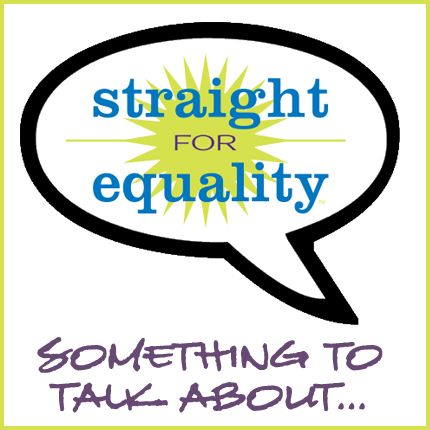Aired Oct 22, 2020
The History of Coming Out

Looking for ways to keep the conversation going about LGBTQ+ issues with your ERG, community group, or PFLAG chapter? Welcome to Something to Talk About, a monthly series designed by PFLAG National’s Straight for Equality program to create conversation about LGBTQ+ issues. Each month we’ll offer an article on LGBTQ+ topics and suggest a few questions you can use to lead a discussion.
We hosted a conversation about this article as a part of PFLAG Connects and Something to Talk About Live on Thursday, October 22. Did you miss it? You can still watch it here!
Have feedback about how your conversation went? Let us know by e-mailing [email protected].
Article: The History of “Coming Out” from a Secret Gay Code to a Powerful Political Movement
Source: The Conversation
Author: Abigail C. Saguy
Questions for Discussion:
- The article discusses the evolution of the concept of coming out, noting that prior to the Stonewall Riots, coming out was far less common and not as expected as it is today. Certainly Stonewall gave visibility to the fight for LGBTQ+ acceptance, but what other factors do you think influenced people like Harvey Milk and his contemporaries to become more assertive about the need to self-identify? Are those factors still relevant? Are there new ones?
- The idea of coming out is one that largely has its roots in the West, and one that assumes that the person coming out has the support to do so. This can make it very difficult for people who are not out to “fit in” with the larger LGBTQ+ population. Why do you think that people don’t come out? Are there legitimate reasons for not coming out or disclosing about one’s identity?
- The author draws parallels between coming out in LGBTQ+ spaces and disclosing about identity in other spaces (e.g., undocumented youth). Do you think that this is an accurate parallel? Can you give examples of what this looks like with other social issues? Does the coming out model work in these spaces as a mechanism for social change?
Ways to watch: